wiring a boat dock to connect to generator
lectricn00b
9 years ago
Related Stories
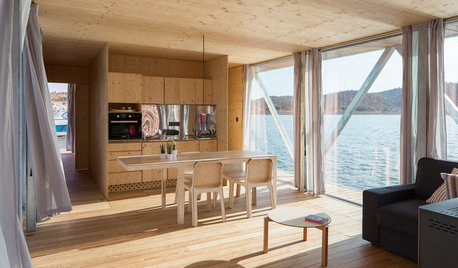
VACATION HOMESA New Prefab Floating Home: Just Add Water
With Friday’s FloatWing prefabricated modular units, life on a boat just got a little easier
Full Story
DECORATING PROJECTSWhat to Do With Old Family Photos
Find out how to research, share and preserve images that offer a connection to the past
Full Story
MOST POPULARWhen Does a House Become a Home?
Getting settled can take more than arranging all your stuff. Discover how to make a real connection with where you live
Full Story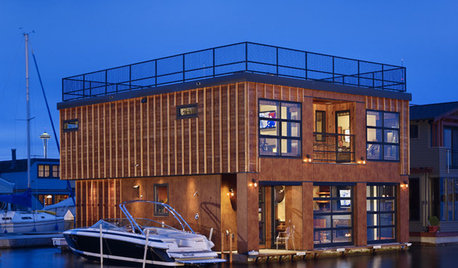
ARCHITECTUREDreamboats: The Romance and Reality of Houseboats
Floating homes can be heaven on earth (er, sea), with incredible views and ocean-fresh air. But not everything goes swimmingly
Full Story
GREEN BUILDINGOff the Grid: Ready to Pull the Plug on City Power?
What to consider if you want to stop relying on public utilities — or just have a more energy-efficient home
Full Story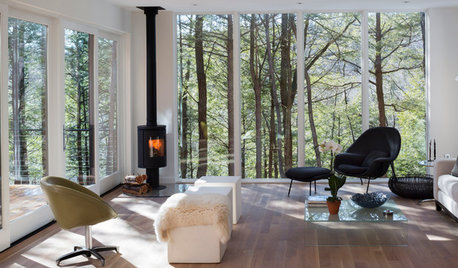
MODERN HOMESHouzz Tour: Creek Views Star in a Modern New York Home
Natural materials, all-white interiors and generous windows put the focus on forest and water in this weekend home for a family
Full Story
LIFEHow to Prepare for and Live With a Power Outage
When electricity loss puts food, water and heat in jeopardy, don't be in the dark about how to stay as safe and comfortable as possible
Full Story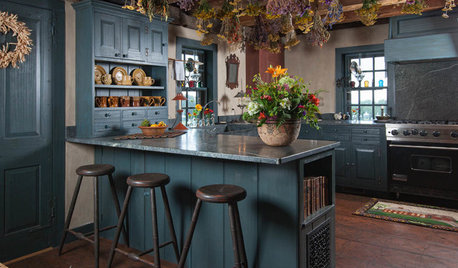
HOUZZ TV FAVORITESHouzz TV: See How Early Settlers Lived in This Restored Pilgrim House
Passionate restoration and preservation efforts give a 1665 home an honored place in the present
Full Story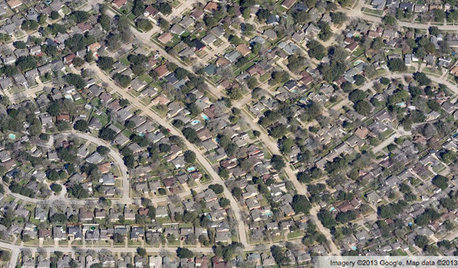
COMMUNITYGet a Bird's-Eye View of America's Housing Patterns
See the big picture of how suburban developments are changing the country's landscape, with aerial photos and ideas for the future
Full Story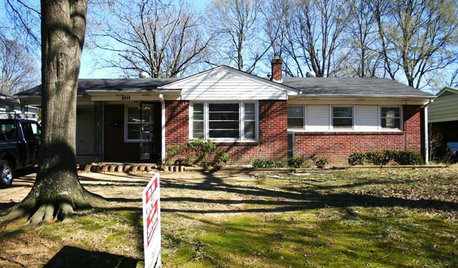
REMODELING GUIDES5 Ways to Protect Yourself When Buying a Fixer-Upper
Hidden hazards can derail your dream of scoring a great deal. Before you plunk down any cash, sit down with this
Full Story







Ron Natalie
lectricn00bOriginal Author
Related Professionals
Flint General Contractors · Harvey General Contractors · Little Egg Harbor Twp General Contractors · Mount Vernon General Contractors · Nampa General Contractors · Oxon Hill General Contractors · Sterling General Contractors · Texas City General Contractors · University City General Contractors · Valley Stream General Contractors · Holliston Solar Energy Systems · Fort Collins Home Automation & Home Media · Laurel Home Automation & Home Media · The Villages Home Automation & Home Media · Waterford Home Automation & Home MediaRon Natalie
lectricn00bOriginal Author
ionized_gw